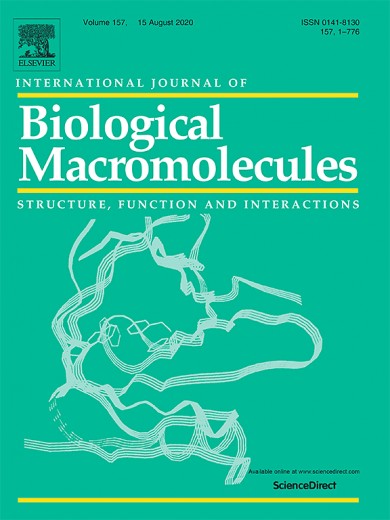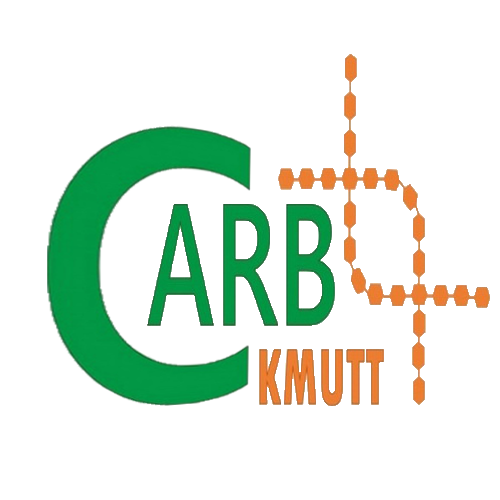Abstract
Cassava starch was hydrolyzed with 2.2 M hydrochloric acid for different periods of time. The soluble starches obtained were subsequently used for microsphere preparation by a water-in-water emulsion crosslinking technique. The average chain lengths of starches hydrolyzed for 6, 12, 24, 36, and 48 h were 122.0, 106.3, 65.4, 33.2, and 28.3, respectively. Starches hydrolyzed for 6 and 12 h did not form regular shaped microspheres, while those hydrolyzed for 24, 36, and 48 h mostly formed separate spherical-shaped microparticles with average particle sizes of 14.6, 10.1, and 10.4 μm, respectively. The swelling power of starch microspheres (SMs) produced from 24 h hydrolyzed starch was 6.5–7.0 g/g, whereas those of SMs from 36 and 48 h hydrolyzed starch were higher and comparable (8.0–9.0 g/g). All the SMs were stable against high temperature (>140 °C). Susceptibility of the SMs to α-amylase hydrolysis decreased when the degree of starch hydrolysis increased.





